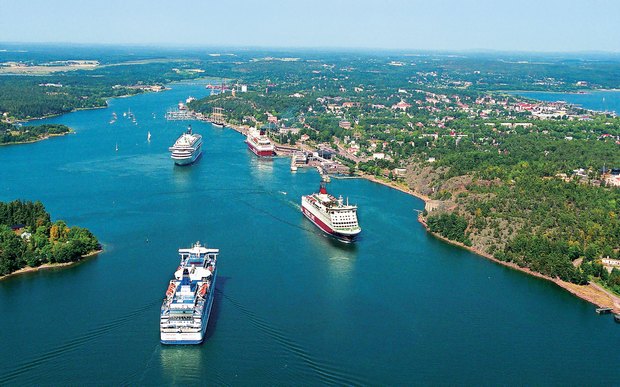The limited means of transportation and the long and expensive journeys to larger cities, common to all six areas, reduce the opportunities for the local populations in these areas to commute on a daily basis to more diversified urban labour markets. This creates some-what closed and insular local labour markets, thus providing the fundamental point of departure for the study of these areas.

Investment in transport and communications often materialises through a combination of national regional development policies and locally generated regional development strategies. For insular areas, it is hardly surprising that these types of policies are regarded as crucial.
In the Ulstein region, plans exist to build tunnels that will link the region with the neighbouring areas of Ørsta and Volda. This would provide access to complementary labour markets. Actors in this region have also lobbied for improved flight and speedboat links. Similarly, in Akureyri significant pressure exists for more tunnels to be built.
Transport and communications are important in terms of connections to other parts of the countries concerned, particularly the capitals, or to major economic centres in the vici-nity, such as that of Helsinki and Stockholm in the case of Åland.
Transport and communications linkages are also of great importance internally in the insular area itself. All of the case study areas prioritise these types of investments and lobby for support from national governments.
There are several examples of great improvements in the transport networks between the areas and the national capitals, such as in Bornholm and Gotland. Speedier and more frequent connections have made it possible for more people in these societies to engage in distance working.
This, in turn, is also linked to the investments in information and communications technology. Making sure that the broadband network is extended to reach the entire population of the insular areas is very important in this respect.
Internationally, distance working has increased in recent years, although no exact figures exist. However, for Bornholm data suggests that approximately 1 000 persons living on the island work in this way. Some work in the military, but it is likely that the figures include an increasing number of so-called 'distance workers'.